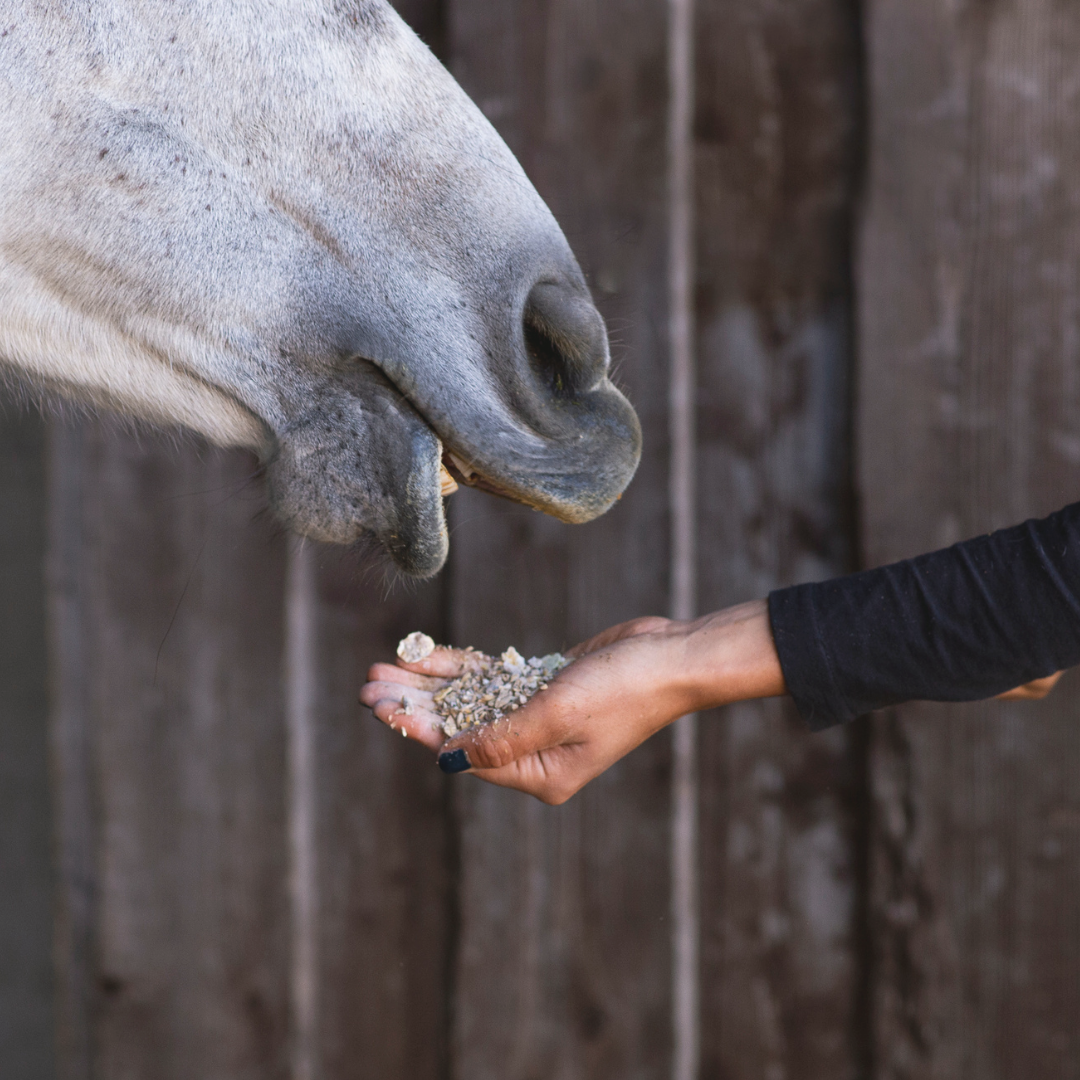Are your Supplements Absorbed?
Share
Understanding the Importance of Bioavailability When Choosing Supplements
Supplements can only work if the body can absorb them and make use of them. When you buy supplements for your horse or dog, how do you know that they are money well spent and that your four-legged friends will actually benefit from the supplements?
In this blog, we will talk about bioavailability, which has a lot to do with how effective your supplements are and how to make them work. We will describe what bioavailability is, explain why it is important, and give you suggestions on how to increase bioavailability, so your supplements can deliver the most potent results to your dogs and horses.
_________________________________________
What is Bioavailability
Bioavailability concerns the body’s process of absorbing nutrients. It refers to the efficiency with which your dog or horse can uptake the therapeutic substances in a supplement and deliver them to the areas where they are most needed. Bioavailability is the amount of active ingredients that are absorbed into the bloodstream and reach their intended destination. For example, how much of the joint supplement you just gave to your dog makes it to the joint to lubricate it and do the job you expect it to do.
DEFINITION: Bioavailability is defined as the percentage or, in the case of nutrients, the fraction of a substance that reaches the blood circulation. It is also about how well a nutrient is delivered to its intended target and how it is used by the cells and tissue for use or storage for future use. 100 percent bioavailability can only be achieved intravenously, with an injection or an IV. For other methods of delivery, there are certain barriers that need to be crossed, and that results in reduced bioavailability. For example, anything taken orally travels through the stomach, where it is exposed to stomach acid. Then it passes to the small intestines, where it is absorbed through the villi into the bloodstream. Bioavailability is not just about supplements but extends to all the nutrients that come from food.
It sounds pretty simple, but bioavailability has many facets. It seems evident that we should select supplements with a high rate of bioavailability, but there is more to it. Three fundamental factors affect bioavailability:
- Source
- Recipient or subject
- Co-consumption
_________________________________________
Source Factors of Bioavailability

Source factors are about the bioavailability of the actual supplement. How a supplement is formulated affects its ability to deliver nutrients. It is vital to purchase a supplement that is formulated to deliver active ingredients with high bioavailability.
Another source factor is the role of anti-absorbers or inhibitors. Spinach, for example, is often thought of as a great source of iron, but it also contains oxalic acid, which binds to the iron when the spinach is digested. As a result, only 2% of the iron in the spinach is bioavailable. In contrast, enhancers increase the absorption rate; for example, iron is absorbed better when ascorbic acid is present. Other source factors are the method of delivery, like capsule, powder, or liquid, and the size of the ingested load.
_________________________________________
Recipient or Subject Factors of Bioavailability

The health of your dog or horse, especially their gastrointestinal health, has a significant impact on the bioavailability of the supplements you feed. Since supplements are mostly orally ingested, they are subjected to stomach acid. If your horse has gut issues, especially if you have them on proton pump inhibitors, the changed acid balance in the stomach will have an effect on the substances passing through the stomach. Too much acid could destroy a lot of the therapeutic ingredients, and too little stomach acid may not break down nutrients into absorbable pieces. The health of the small intestines, particularly the villi, through which nutrients are absorbed into the bloodstream, also affects absorption. In older subjects, the ability to absorb nutrients in general decreases.
_________________________________________
Co-consumption Factors of Bioavailability

The interaction with other substances affects the absorption of nutrients. For example, fat soluble vitamins should be taken with a meal that contains fat. Calcium has an effect on the absorption of iron, so it is crucial to not take them together and wait at least two hours in between. Another example is calcium-enriched bran. Bran contains phytate, which has an anti-absorptive effect and counters the calcium.
_________________________________________
Why is Bioavailability Important?
If your horse or dog cannot absorb the supplements you are giving them, they miss out on the benefits those supplements deliver. You may give higher and higher concentrations but still don’t see the desired results. But the problem may be much deeper. If your animals cannot absorb the active ingredients in supplements because of what is going on with their body, they probably are not absorbing all the nutrients from their food either, and you run a serious risk of malnutrition and other health issues. In addition, more waste products go downstream which can cause problems with organs and other illnesses.
_________________________________________
How Can you Increase Bioavailability?
For starters, buy the right supplements. Check with the manufacturer on the steps they are taking to make sure that their supplements have the highest possible bioavailability. If you know or suspect that there is a problem with GI health, consider supporting the gut health of your dog or horse. Carefully follow all instructions, such as whether to take a supplement with food or on an empty stomach and what time intervals should be observed when feeding multiple products.
_________________________________________
The End Result
Improving bioavailability ensures that your pet’s body gets what it needs. It also saves you money because you don’t need to offset poor bioavailability by giving higher doses. Please reach out with any questions you may have.



